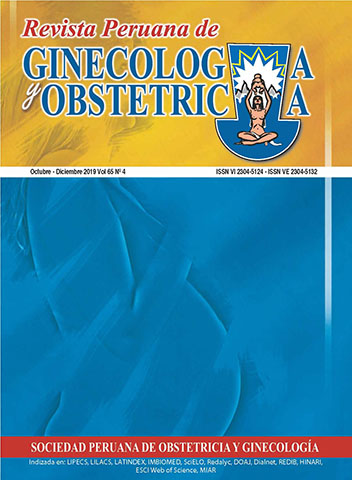Postpartum pubic symphysis diastasis. Case report
DOI:
https://doi.org/10.31403/rpgo.v65i2214Abstract
Pubic symphysis diastasis is rare in normal vaginal delivery. Etiology is not clear but it is associated with multiparity, macrosomia, physiological joint loosening and excessive force on the pubic area. Symptoms include pain around the pubic symphysis, hips, groin, lower abdomen and inner thighs, as well as tenderness over the area. Imaging shows distance between pubic bones. Management varies from case to case and outcomes are scarcely known. Delayed diagnosis has health implications for the woman in the short and long term. We report a case of postpartum pubic symphysis diastasis. An 18-year-old woman presented lacerating pain in the pubic area in the second day of the postpartum period, after a pregnancy of normal evolution and a spontaneous vaginal delivery, with a term live newborn and no apparent complications. On physical examination, we found moderate pain in the pubic region, which interfered with walking and active movements of the lower limbs. A supine anteroposterior x-ray of the pelvic area showed abnormal diastasis of the pubic symphysis of approximately 25 millimeters long, without bone nor congenital anomalies. Conservative treatment led to recovery three months later.Downloads
Downloads
Published
2019-10-02
How to Cite
Rondón-Tapia, M., Reyna-Villasmil, E., & Torres-Cepeda, D. (2019). Postpartum pubic symphysis diastasis. Case report. The Peruvian Journal of Gynecology and Obstetrics, 65(4), 545–548. https://doi.org/10.31403/rpgo.v65i2214
Issue
Section
Casos Clínicos
















